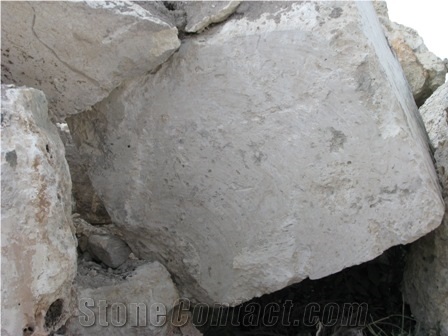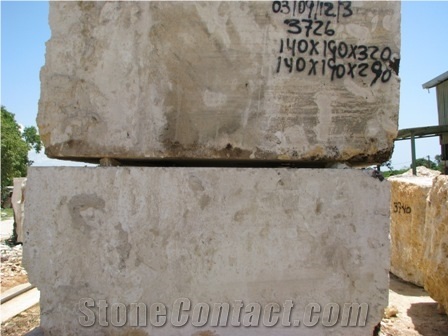

John Adams II, grandson of Bounty Mutineer John Adams, showed particular skill and began attending to the Island’s stone cutting requirements and revitalising the convict lime kilns to manufacture lime.

The Governor of NSW sent Mr H J Blinman, a stone-mason and plasterer, to Norfolk Island to develop the skills of the Islanders in this craft. The second British Settlement from 1825 followed with a building programme primarily of calcarenite, leaving for us today a remarkable heritage landscape and fine collection of Georgian buildings. The Pitcairn Islanders took possession of the Kingston buildings upon their arrival in 1856 having no experience in working in stone or burning lime, many buildings began to fall into disrepair. Geology of Norfolk Island, Helen Sampson) The first experiment was with bricks and mortar, but as the process for making bricks was not successful, the building programmes from 1792 onwards were entirely of wood and stone. By 1793 sacks of lime were being sent to Sydney aboard the Kitty. Good quality lime was produced and a lime mortar could now be made. It would appear that the discovery of this resource was made by accident rather than as a result of scientific investigation. It is not surprising that the Emily Bay deposit was not recognised earlier since the settlers, being from Britain, would not have been familiar with limestone in this form it is a rare occurrence in the British Isles. Chalk and limestone deposits were always sought after since they were a necessary part of any building programme. Documentation indicates it wasn’t until 1791 when the aeolianitic calcarenite around Emily Bay was recognised as being a form of limestone suitable for building and the manufacture of lime. It was a few years before the First British Settlers recognised the functionality of this stone. Excavations in the 1990s uncovered hearth stones of rubble and slabs of massive calcarenite formed into a marae. The earliest settlers on Norfolk Island were the Polynesians around c. I’ll refer to it as calcarenite from here on in. The stone ranges in quality and is identified separately as rubble or massive calcarenite – the difference between the two can be attributed to the density of the bedding planes the rubble being least dense of the two. Geology of Norfolk Island, Helen Sampson)Ĭalcarenite is a type of limestone, the carbonate equivalent of sandstone, composed mainly of coral, shells and extinct creatures, compressed over aeons into a solid mass of calcium carbonate, commonly referred to as ‘coral stone’. Here they were cemented together to form a sedimentary rock known as calcarenite, probably 120,000 years ago. These eroded fragments were blown by the prevailing southerly winds in to the vicinity of Point Hunter (Lone Pine and Setta Point) and Nepean Island. Following on from the volcanic period, sea levels fell and rose multiple times extensive reef areas were exposed and eroded. HPCs are a class of technically advanced protective coatings designed to give superior levels of impact, abrasion and corrosion protection designed for aggressive environments including high traffic areas and in commercial and industrial applications.Both Norfolk and Phillip Islands are almost entirely volcanic except the Kingston lowlands and Nepean Island. While Harris/ B-H Paints do supply specialist High Performance Coatings (HPCs) these fall outside the scope of this guide. This guide is therefore limited and outlines generally applicable principles. Note: While every effort is made to detail accurate and effective systems, specific project conditions are unknown and can be highly variable.

#CORAL STONE BLOCKS HOW TO#
It provides an outline of the preparation required for successful coating and identifies recommended coating systems for a variety of substrates as well as how to effectively solve surface challenges. This guide details coating systems to effectively colour, coat and protect virtually any surface encountered in standard construction, renovation and maintenance environments. From Aluminum to Zinc and everything in between, this handy guide is a life-saver with specifications from our Vice President of Technical and Head of Innovation (who has been designing formulas specifically for the Caribbean environment for 30 years) identifying the exact coating system you’ll need to guarantee success in coating virtually any surface.


 0 kommentar(er)
0 kommentar(er)
